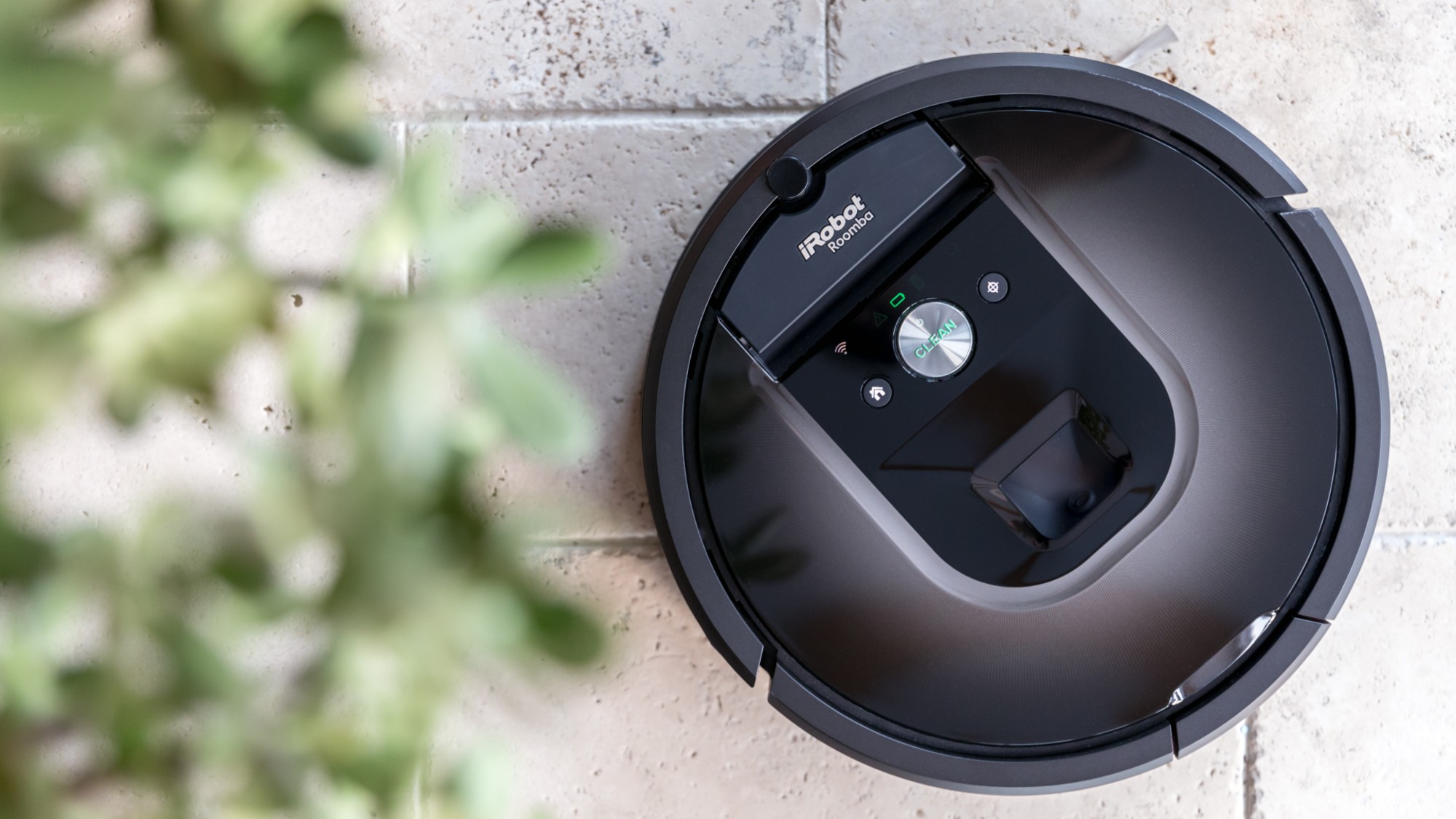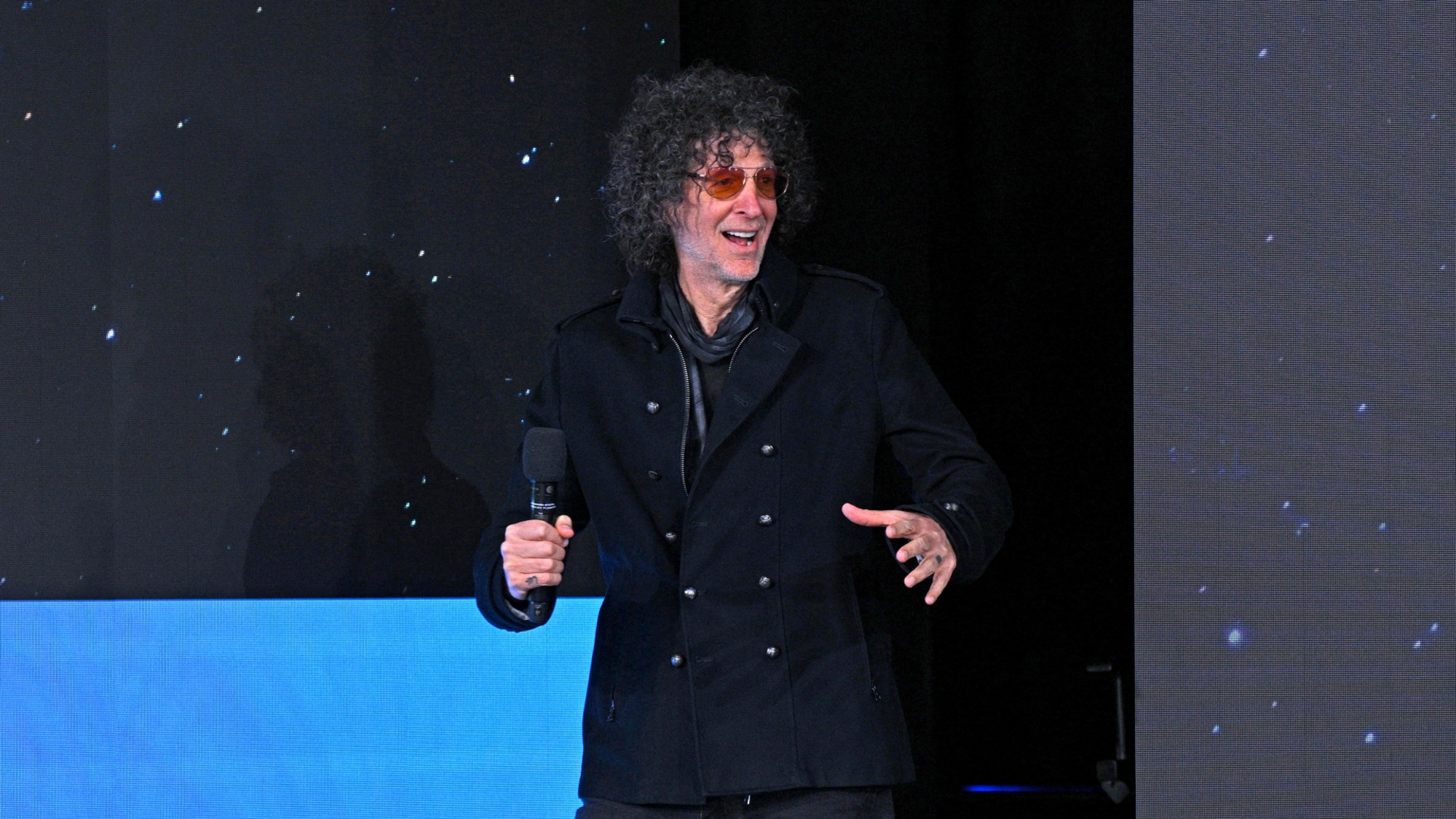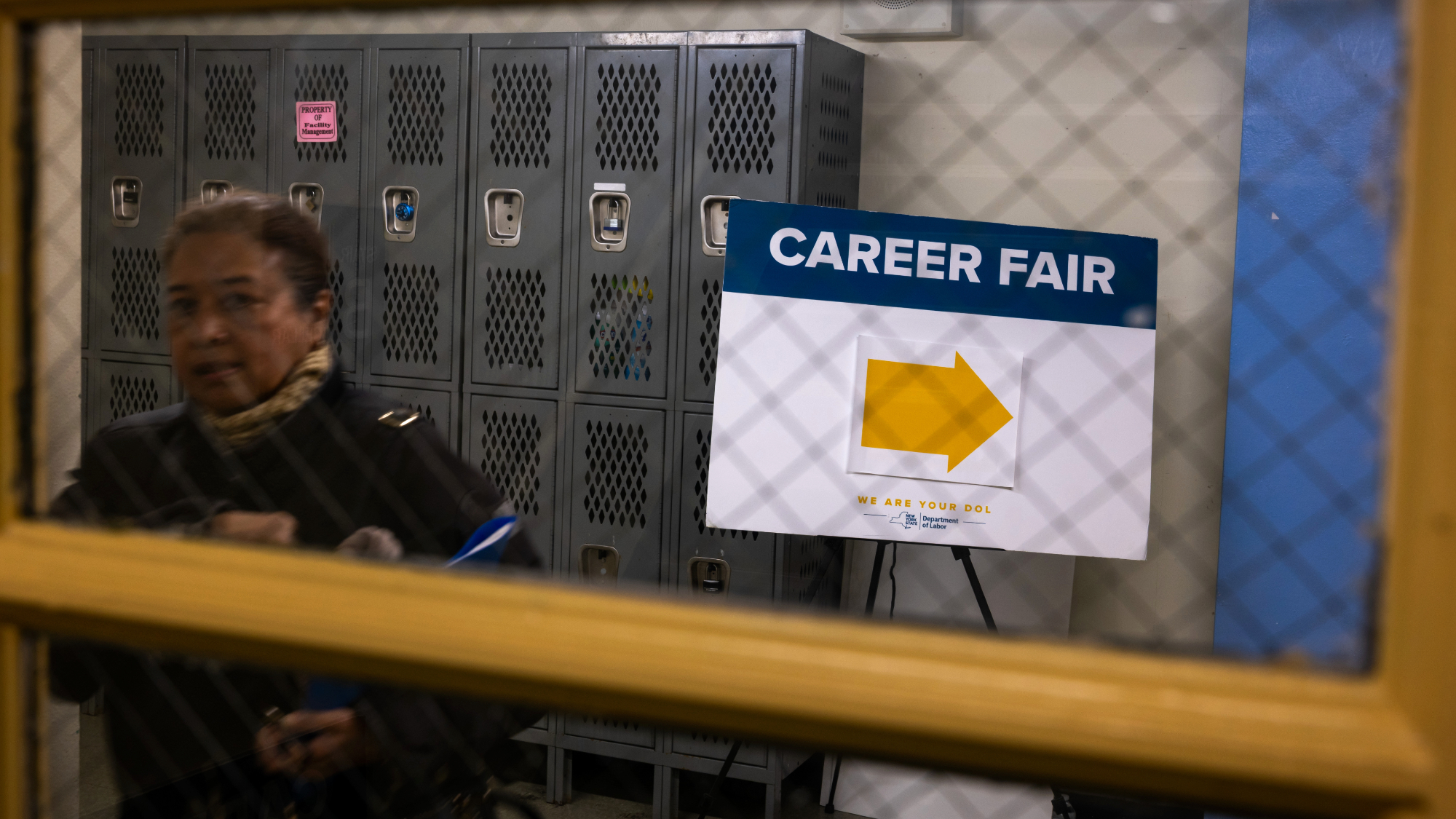Exhibit of the week: Ecstatic Alphabets/Heaps of Language
Not many art exhibitions invite the public to participate by phone.
Museum of Modern Art, New York
Through Aug. 27
Not many art exhibitions invite the public to participate by phone, said Karen Rosenberg in The New York Times. But if you aren’t able to visit “Ecstatic Alphabets/Heaps of Language,” you can still call (347) 763-8001 and hear a poem, by Allen Ginsberg perhaps, or John Ashbery or Patti Smith. A reprise of a 1970 work by John Giorno, Dial-a-Poem is one of several sound pieces in MoMA’s current exhibition of art made from and concerning language and its symbols. “One could spend a long time” at the bank of rotary phones in the long hall outside the special exhibition galleries listening to poets “and staring at Bruce Nauman’s hypnotic flashing neon piece Raw War (1970).” But there’s more to see and read. Past the double doors, 12 contemporary artists weigh in with words of their own.
The Week
Escape your echo chamber. Get the facts behind the news, plus analysis from multiple perspectives.

Sign up for The Week's Free Newsletters
From our morning news briefing to a weekly Good News Newsletter, get the best of The Week delivered directly to your inbox.
From our morning news briefing to a weekly Good News Newsletter, get the best of The Week delivered directly to your inbox.
Don’t brush past the hallway too quickly, said Andrew Russeth in GalleristNY.com. Better to think of the show as split in two, beginning with that entry corridor’s “absorbing assortment of linguistics-tinged art-historical treats.” As visitors take in visual works by Marcel Duchamp, Kurt Schwitters, Jasper Johns, and others, they hear poetry being recited and stroll on a black-and-white runner, created by German artist Ferdinand Kriwet in 1969, that’s emblazoned with the words “Walk Talk Walk Talk.” So far, so wonderful. But the contemporary work is less consistently enchanting. Sharon Hayes offers “a typically ponderous” printed text about protest, while Adam Pendleton’s monochrome letter paintings look like “icy 1970s conceptual art enlarged for no particular reason.” Easily “the most thrilling contemporary entries” are those in which the artists have evoked the first half of the exhibition’s title, “teasing ecstatic experience out of their limited materials.” Ei Arakawa and Nikolas Gambaroff used spray paint to create 325 colorful flags, each bearing a two-letter monogram, that are scattered about from ceiling to floor. They’re the embodiment of language run “deliriously amok.”
More such playfulness would have been welcome, said Kyle Chayka in ArtInfo.com. The final galleries are for the most part “spare and clean, anchored by large-scale works that look good in large blank spaces.” But missing is the sense of intimacy that the 20th-century artists created, the instinctive celebration of language’s capacity to promote human connection. “In the end, there is a kind of poetry to the show’s two juxtaposed parts. Where the modernists put great store in the ability of language to connect people, our contemporaries seem more content to let it fail.”
A free daily email with the biggest news stories of the day – and the best features from TheWeek.com
-
 What is Roomba’s legacy after bankruptcy?
What is Roomba’s legacy after bankruptcy?In the Spotlight Tariffs and cheaper rivals have displaced the innovative robot company
-
 SiriusXM hopes a new Howard Stern deal can turn its fortunes around
SiriusXM hopes a new Howard Stern deal can turn its fortunes aroundThe Explainer The company has been steadily losing subscribers
-
 Unemployment rate ticks up amid fall job losses
Unemployment rate ticks up amid fall job lossesSpeed Read Data released by the Commerce Department indicates ‘one of the weakest American labor markets in years’